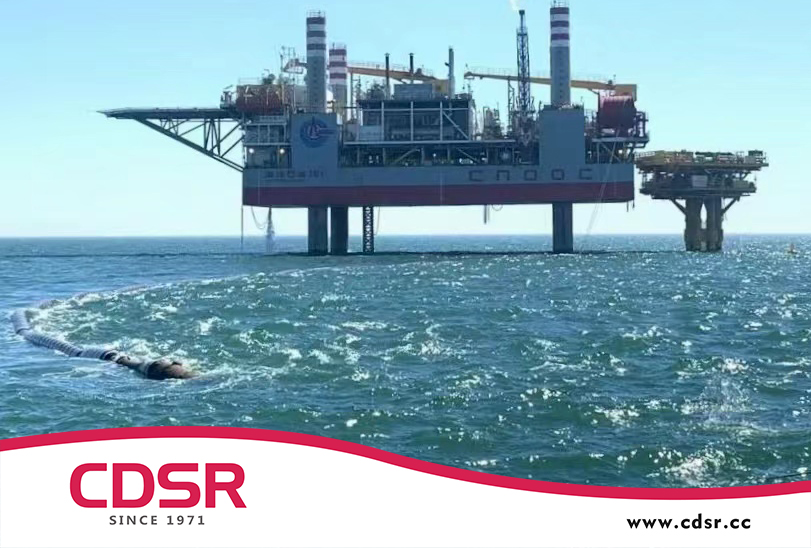Offshore oil transportation is a critical and complex activity involving multiple links such as ocean transportation, equipment installation and offshore operations. When conducting offshore oil transfer operations, sea conditions have a direct impact on the safety and efficiency of offshore oil transfer operations.
Factors affecting sea conditions
Sea conditions are affected by many factors, among which wind speed is one of the most important factors. Wind speed not only directly affects the size and strength of waves, but also interacts with factors such as wind duration, distance, water depth, ocean currents and tides. For example, when wind speeds are sustained for a long time, the size and intensity of waves will increase significantly, which may lead to increased danger to navigation; changes in water depth in shallow waters will make waves steeper and more irregular; and the movement of ocean currents and tides will also affect sea conditions by changing water levels.

How to judge sea conditions
In order to ensure the safety of offshore oil transfer operations, it is crucial to judge the sea conditions. The simplest way is to conduct visual observations by experienced seafarers. Modern technological advances have made sea condition assessment more accurate. Professional observation ships and modern instruments such as weather buoys, wave radars and remote sensing satellites can be used to assess sea conditions.
Importance of sea conditions in offshore oil transfer operations
The impact of sea conditions on offshore oil transfer operations cannot be underestimated, especially in complex marine environments. Sea conditions above level 6 will directly affect the safety of ships and crew members. In severe conditions, large waves and strong winds can not only cause damage to ships and equipment, but may even cause the ship to sink, and crew members may also be injured or killed in rough seas. In addition, adverse sea conditions can significantly reduce the efficiency and progress of offshore operations and increase the risk of operational errors.
Response strategies and technical support
CDSR provides a variety of solutions and technical support. The design of CDSR oil hose fully considers the use requirements under various sea conditions. It has excellent wind and wave resistance and corrosion resistance, and can maintain stable performance in harsh environments. CDSR also provides professional technical support to ensure that the hose can maximize its performance during use. In addition, CDSR continues to improve the performance and reliability of hoses through continuous technological innovation and product upgrades to cope with more complex and harsh offshore operating environments in the future.
Date: 06 Nov 2024





 中文
中文